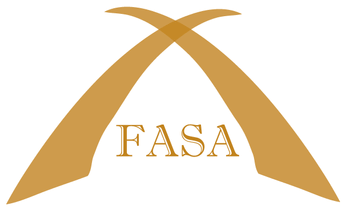By Corey Peloquin Science education is at the heart of preparing Florida’s students for a competitive and innovative future. From elementary through high school, the foundation laid in our classrooms today shapes tomorrow’s thinkers, problem-solvers, and leaders. As K-12 school... Continue Reading
Leader 2 Leader Blog
An account of success in Florida's public schools by school leaders.
By John Gies As the frontline leaders in education, principals witness firsthand the challenges and opportunities that arise in classrooms every day. Yet, many of the issues we face—whether related to funding, curriculum mandates, or student support services—are shaped by decisions... Continue Reading
By Katy Kennedy “I don’t know” is a typical response from middle school students when they are asked: Where are your basketball shoes? Where did you put your math homework? Do you want to type or handwrite your assignment? How can I help right now? What did we go over... Continue Reading
I stopped at a gas station on my way from the Portland Oregon airport to the Portland coast recently. It was a typical rest stop like we’ve all seen and done a million times before. Gas up the car, get a drink, and use the restroom in a town we’ve never been to before. As I walked... Continue Reading
By Angie Charboneau-Folch, Principal, Integrated Arts Academy, Chaska, MN Earlier this year, more than 170 principals from around Minnesota hosted members of our state legislature for a statewide “Principal for a Day” initiative. It’s not unusual for legislators to visit... Continue Reading
By Mohannad Arbaji, ChalkTalk Founder & CEO Artificial intelligence (AI) has captured the attention of educators everywhere. Unlike previous waves of ed-tech innovation, AI has sparked more questions than answers. While some fear it could replace teachers or encourage cheating, others... Continue Reading
By Dr. Jeremy Wagner I started as a new district administrator straight out of the classroom. I have 9 years of experience as a science teacher and 6 years as a director for math, science, and teacher evaluation in a medium-sized district in West Texas. When I first came on board, I had a... Continue Reading
Write these numbers down 8, 37, and 55. Add them up and you get 100%. These numbers have been broken down to represent Communication.Unbelievably, only 8% are the words. Just 8%. Isn’t crazy when you think about communication.37% is tone. Think about it. Try it with your pet at home. You... Continue Reading
There is a concerning trend occurring where we have students graduating either not interested in or not prepared for the jobs where we have the most availability. Additionally, when learning most academic concepts, students often ask, 'When am I going to need this in real life?’ Career... Continue Reading
Florida has the potential to join Mississippi as an example for other states on how to tackle the literacy crisis that’s gripped the country for decades. Since 2021 alone, reading instruction in Florida has undergone a series of sweeping changes, including the implementation of a student... Continue Reading
By Tynika Young-Aleibar and Greg Moffitt Understanding how to effectively supervise and coach your team is essential to your leadership and the school’s success, but the task is easier said than done. Can you be both the boss and a coach? You not only can be both, you must be. We served as... Continue Reading
Connect Evolve Notice Thank Energize Reward I had an amazing time presenting at the Model Schools conference in Orlando, Florida in the summer of 2024. What an incredible event of learning, inspiration, and educators coming together to grow. It was tremendously well run and a super... Continue Reading
